This week a group of us supers from Detroit got away to play golf at Camargo and Holston Hills.
This first thread will be from our round at Camargo. I will do a second thread on Holston Hills, and possibly a third thread to contrast the two golf courses.
The weather was perfectly sunny and warm for both days of our trip. But our host supers would have welcomed a bit of rain as they have both come through one of the hottest and driest summers on record.
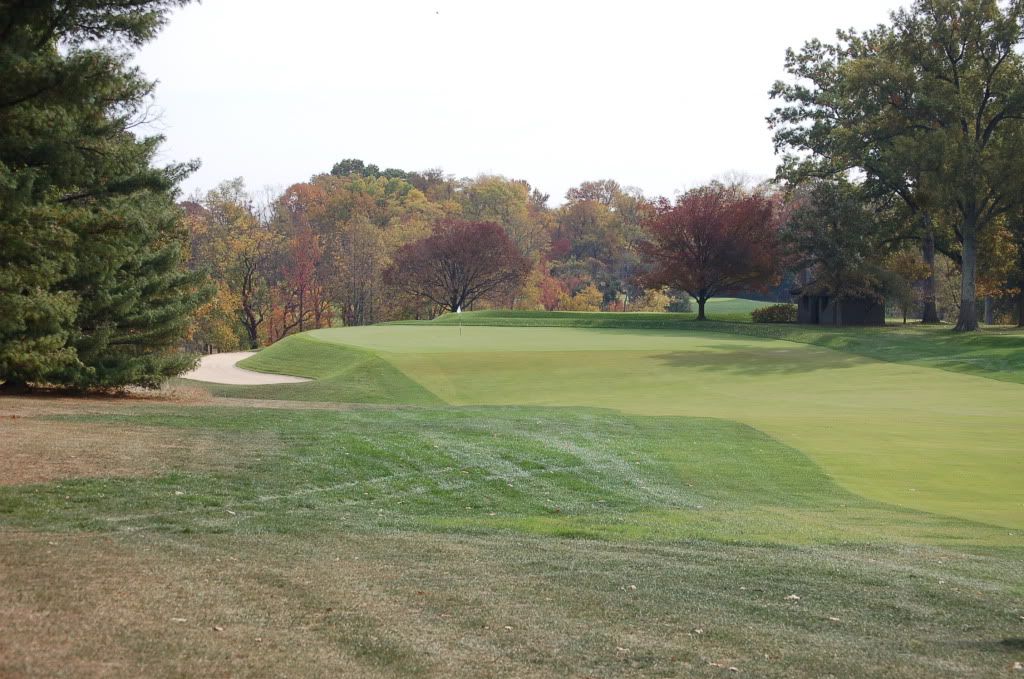
The first hole at Camargo is a good indicator of what is to come in your round:
Huge greens with plenty of internal movement.
Enormous fill pads - there is probably 3,500 yards of fill under some of those greens.
Wide open strait edge approaches - some are 40 yards wide. As the season winds down, Greenkeeper Douglas Norwell has been working a lot of sand in the approaches and the course played really lively for us.
Flat sand bunkers that sit deep around the sides of the greens.
The property is so huge that you rarely ever see an adjoining hole.
Nearly every hole has a valley to traverse either in front of the green, or beyond the tee. 36 holes of match play here would definitely separate the men from the boys.
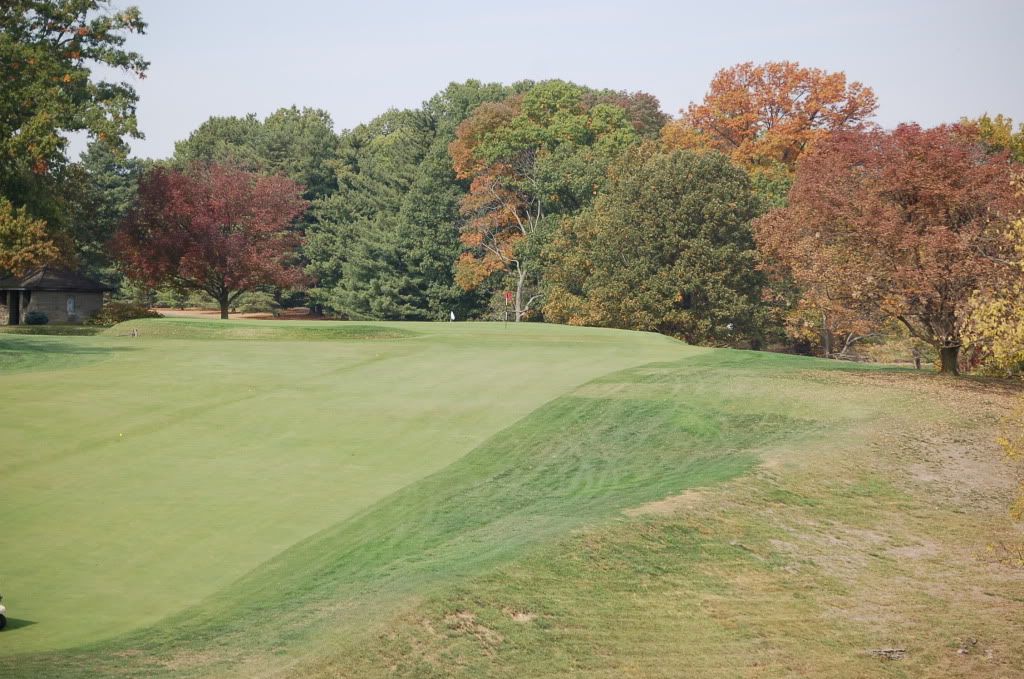
Three green. This fairly short hole is open on the right side, but the ground falls away so steeply that you really feel forced to aim for a spot on the left side. Now you are hitting over a bunker to the putting surface. Short and sassy.

Four green. It is impossible to capture the scale of these holes with a camera. These bunkers extend well over 100 yards from both sides of the green, flanking the entire fairway and approach like the Biarritz does. And the crazy thing is the safe way to the green is so wide open here that there is absolutely no excuse for missing, but these bunkers are so huge and deep that its hard not to be intimidated by it all.
"For the gate is wide and the way is easy that leadeth to destructionĒ 
The Eden Hole. A very shallow green with nothing but trouble on all four sides. And you have to hit over this deep valley, which somehow makes it all the more daunting. On this tee shot I went in to full sphincter lock down. Lets just move on to the next hole shall we?
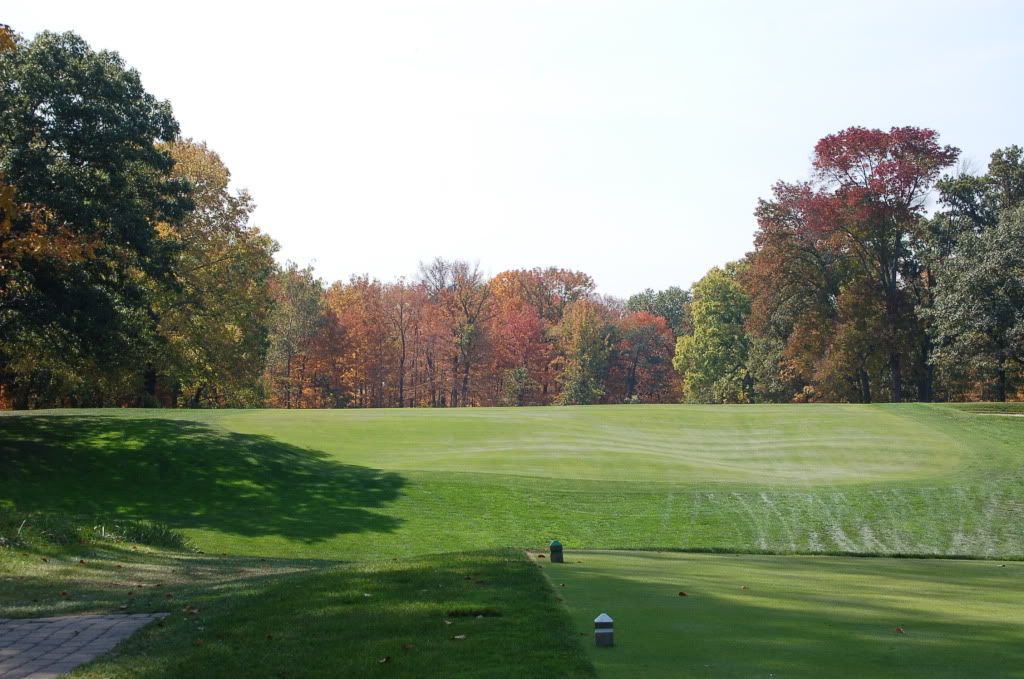
I think this is 6 Tee. On so many of these tee shots you have these beautiful panoramic views before you. I canít remember playing a more beautiful course than Camargo.

Dan Dingman hitting
down to the Alps hole green. The red flag is barely visible, in line with the big oak tree beyond.

The closer you are to the Alps green the harder it is to see the tip of the flag pole. Here you can see John Cooney crushed his drive, but he has no visual of the flag pole from where he is hitting. Whereas Dan, had at least a view of the flag tip from further back. How cool is that?
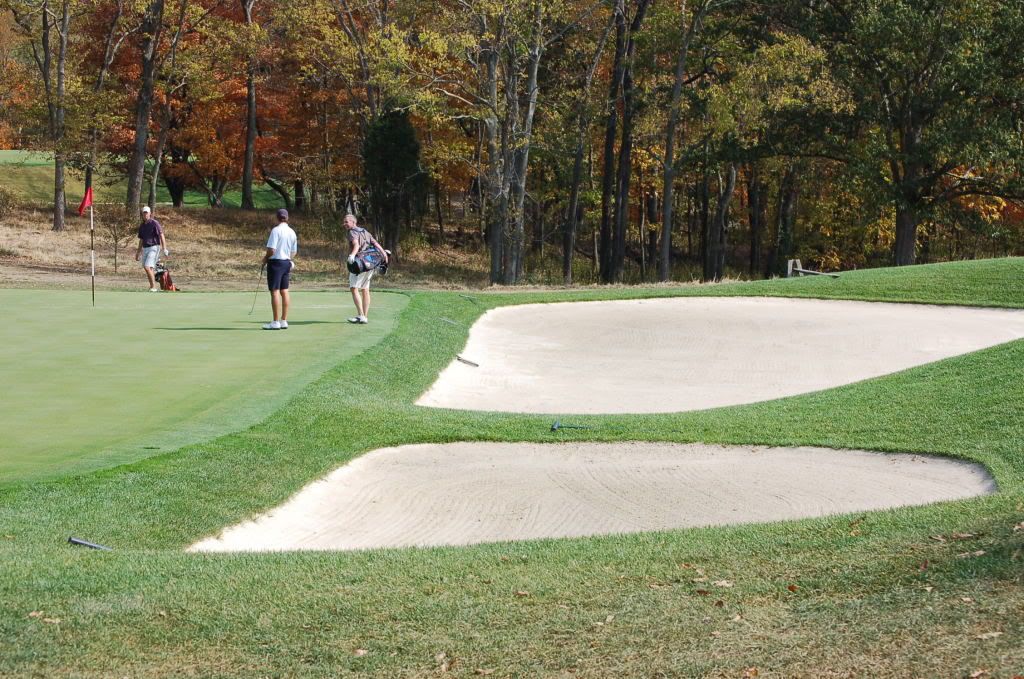
The green on 7 is probably a Punchbowl Green judging from how it is surrounded by frying pan embankment. This shot is looking down from the ridge that obscures the green from the fairway.

There is also the typical Alps bunker in front of the green that you canít see from your approach shot.
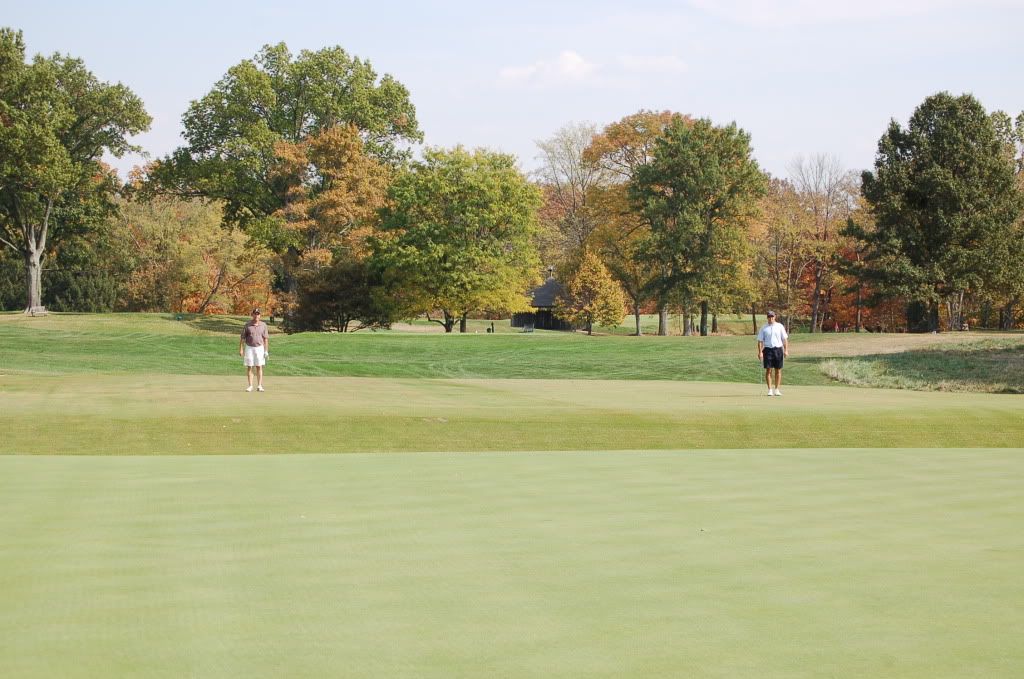
NERD ALERT. I canít believe Dan let me talk him into this: each of us is standing over the deflection spines on the front half of the Biarritz approach. I was curious to see if they were there and they definitely are, though not nearly as pronounced as they appear on some drawings of Biarritz holes. I think over time the spines are not as visible because the sand builds up on the edges of the flanking bunkers, not to mention years and years of mowing and aeration that tend to wear them down. But they are here if you know where to look for em.

Walking through the Biarritz swale.
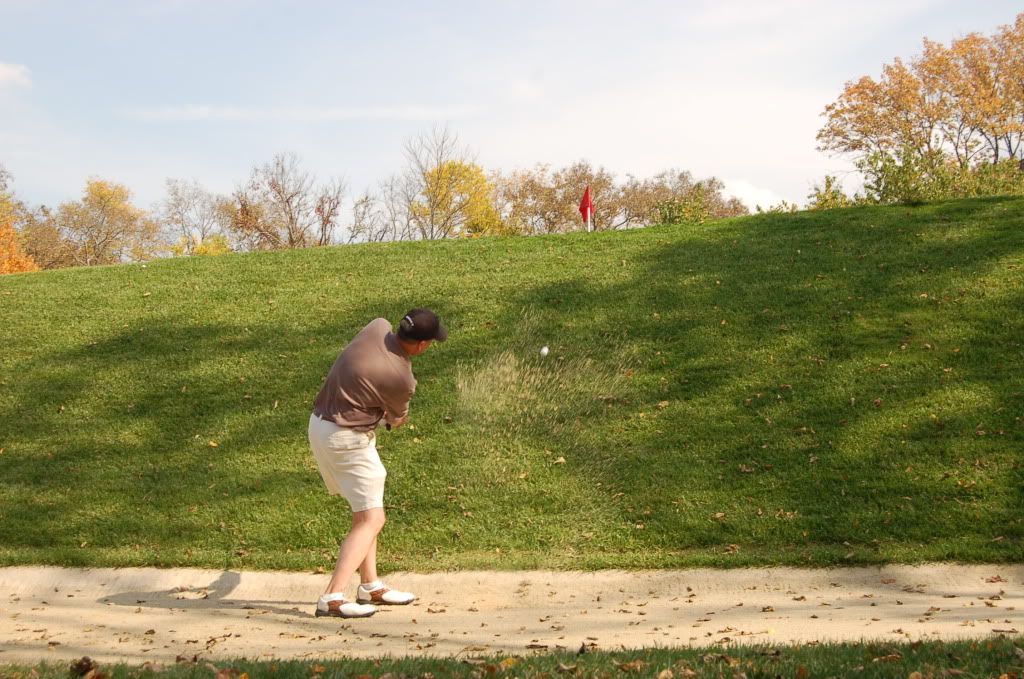
Ten greenside bunker.

I found myself hitting a second shot after the ball rolled back down the grass face. You just donít often have to hit such a high lofted shot out of a bunker like this. Imagine what it was like with the old hickories - IMPOSSIBLE!
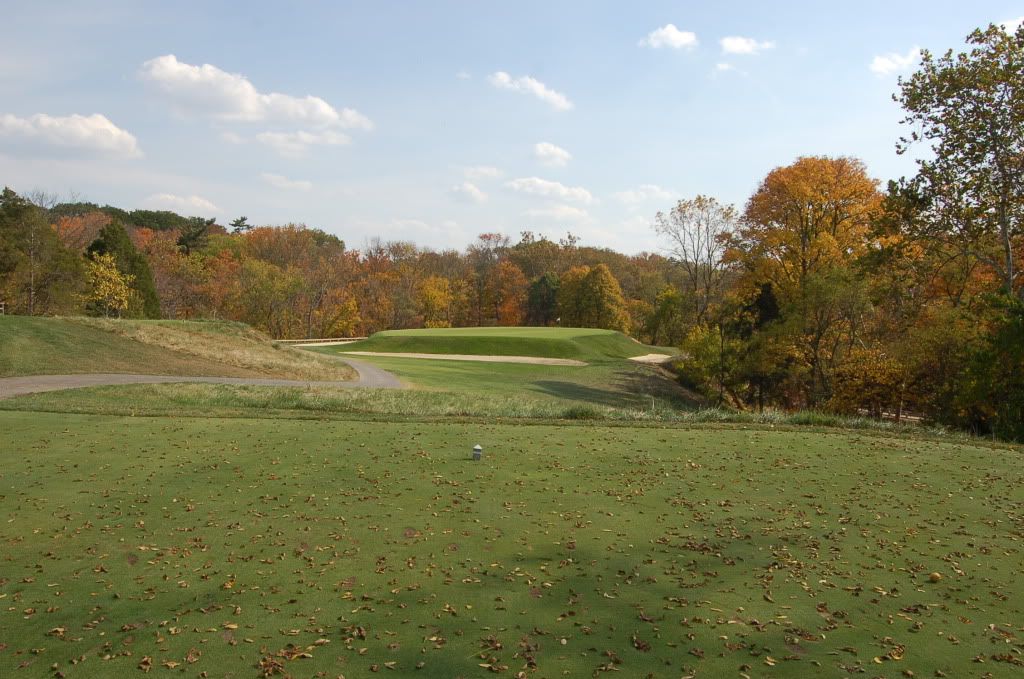
The Short Hole. None of these greens are really that hard to hit. I mean they are so huge, that they shouldnít be right?
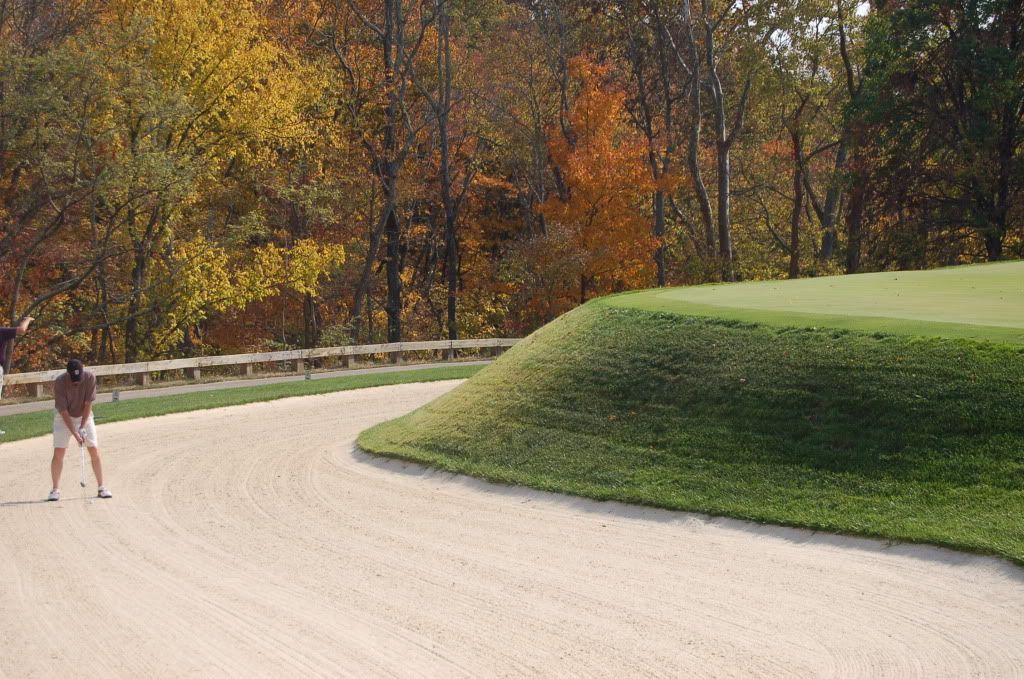
But there you go again -- hitting from a greenside bunker. I think it has something to with the fact that the hazards are as large as the targets are? Everything is on such a different scale than what you are accustomed to in golf.
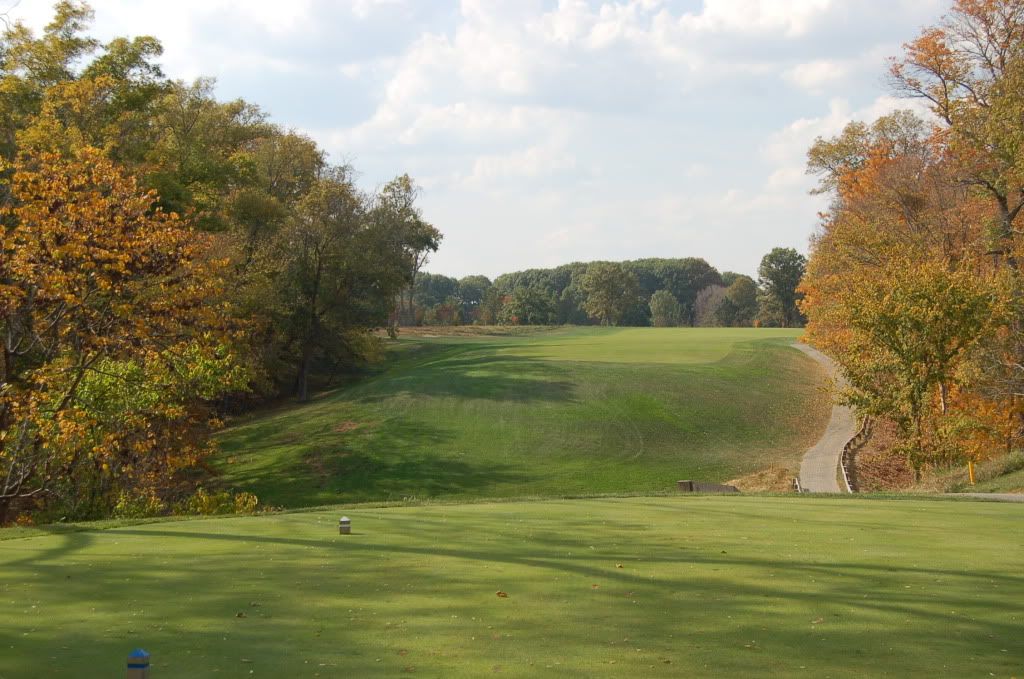
12 Tee. This shot really illustrates the nature of the property. The golf course is on over 250 acres of land and so there is often no indication of adjacent holes. And there are deep valleys cut through the property. Raynor worked with similar land at Shoreacres, but most of the breaks in the terrain at Shoreacres have steeper banked ravines. Here the land has as many breaks but they are much broader in scope than at Shoreacres.
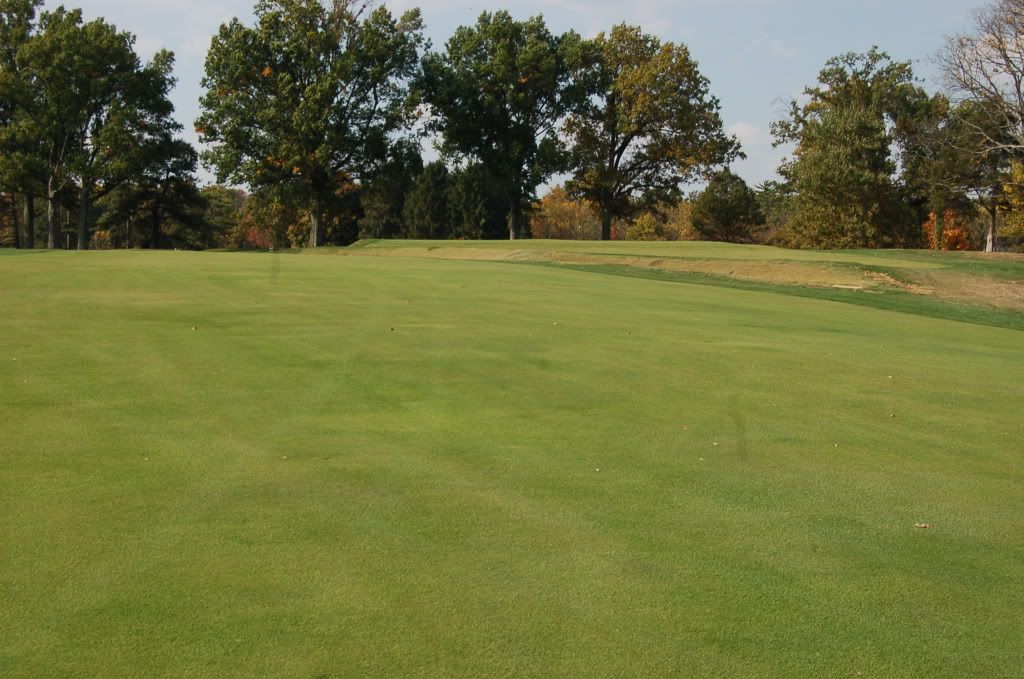
Diagonal crossing bunker before 12 approach.
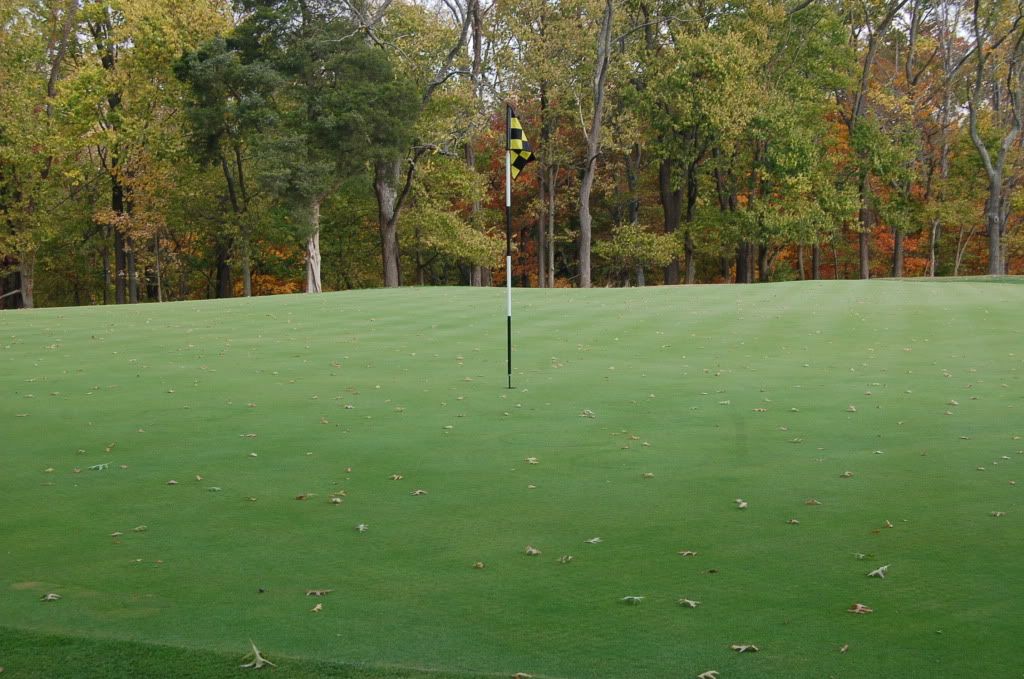
The 12th green appears to be almost half an acre. These greens are reminiscent of the greens at Oakmont. Because they are so large, there can be more internal movement within the green. And you find yourself making the longest lag putts that you will ever encounter unless you are placing the ball close to the pin. Too bad the camera does not capture the movement in this green.
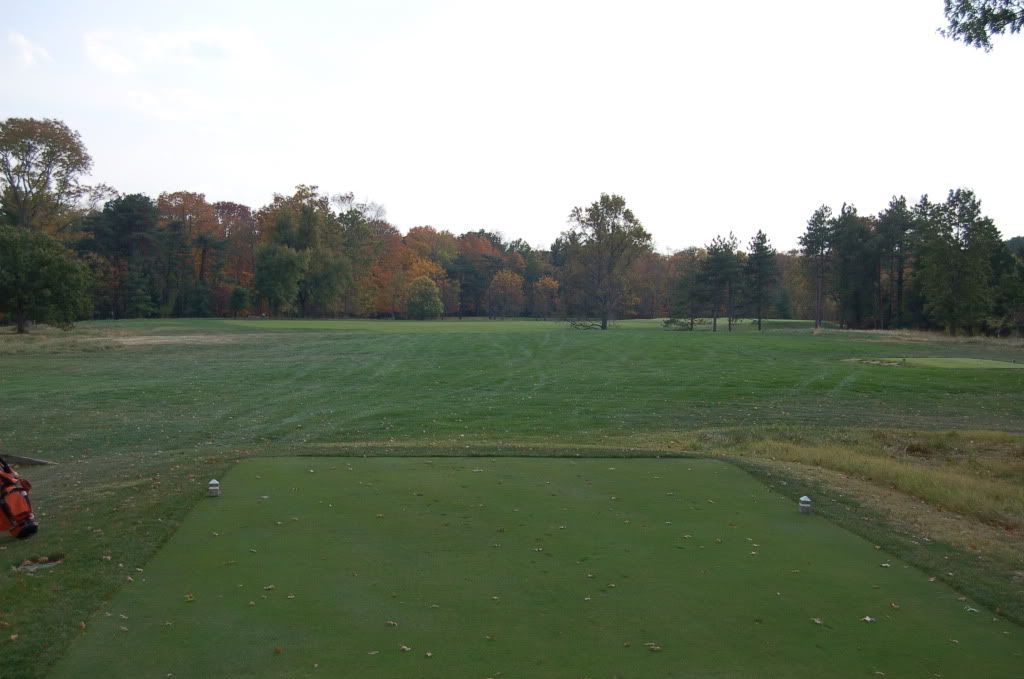
Donít be tempted to cut the corner on 13
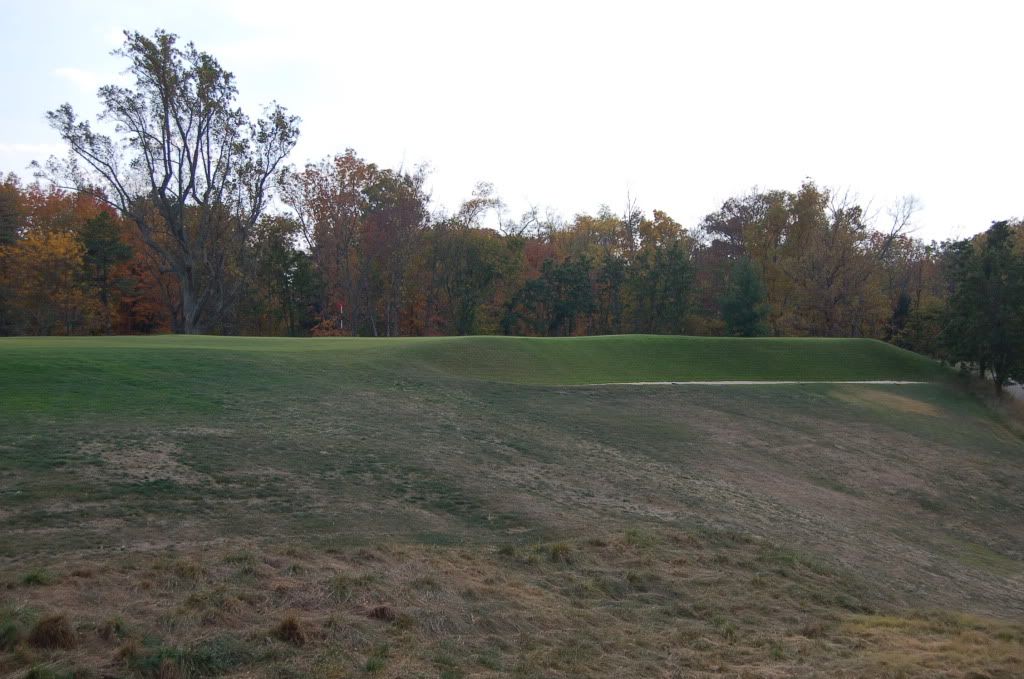
The rough falls away deep to the right side and you canít advance the ball forward from it.
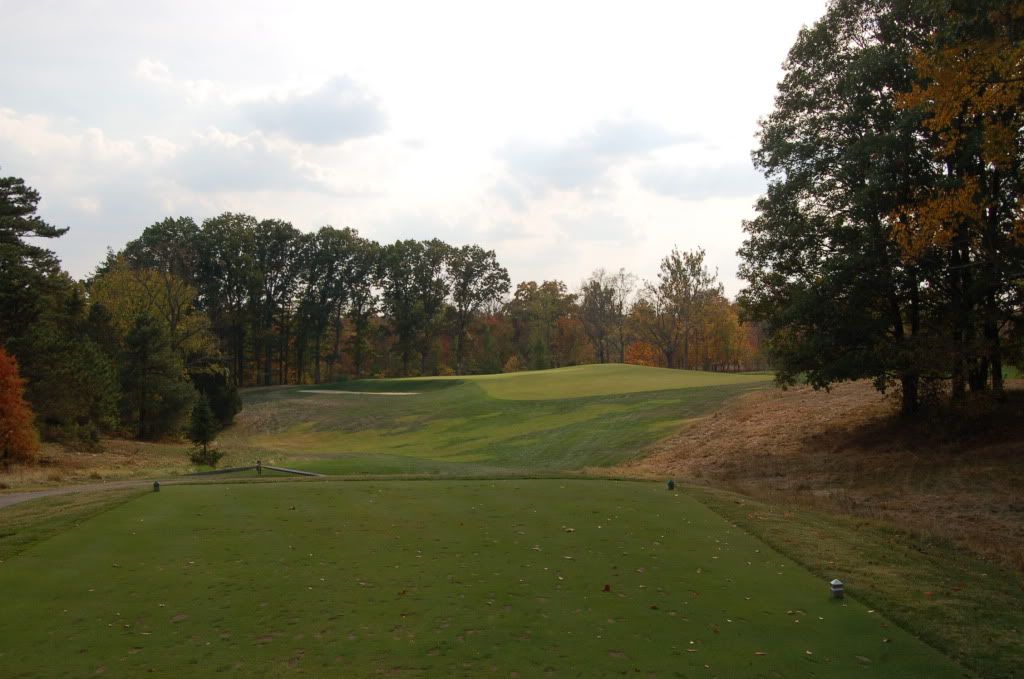
I hit the perfect length 5 iron on the number 15 Redan hole, but it had too much loft on it to kick and roll down to the hole. Grrrr!
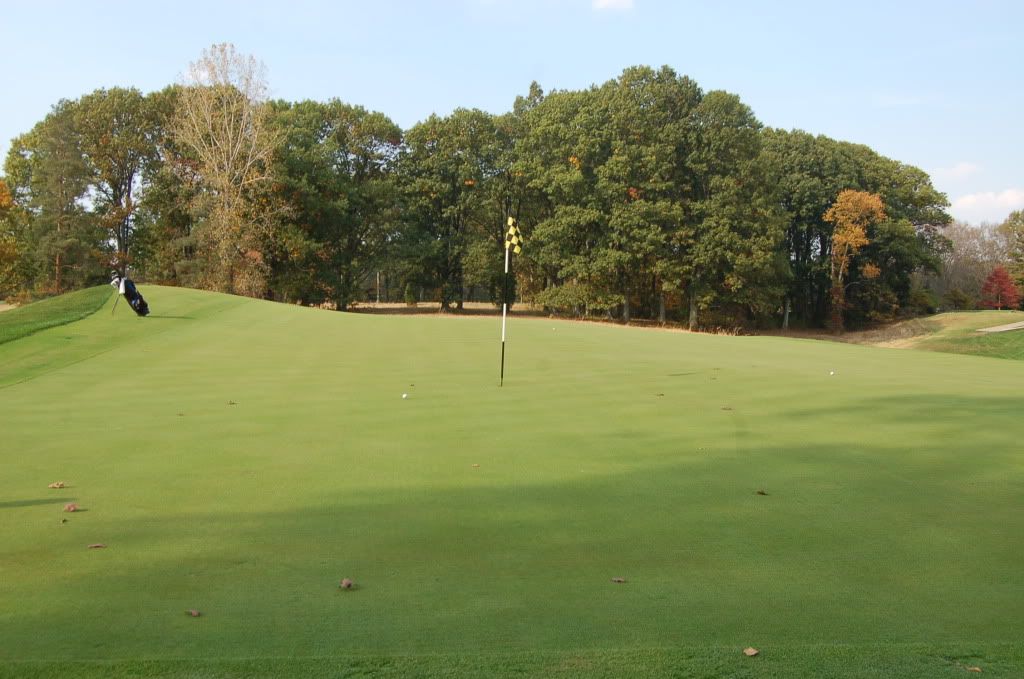
So I was left with a long downhill putt - the pin was cut towards the back.

My second shot to the green. The mounding in the front obscures that you are hitting to a double plateau green. The pin was in the front of the green when we played. There are definitely some wild pin placements on the back half of this green.
Camargo was such a handful to play that we just didn't take a lot of pictures. But there you go.